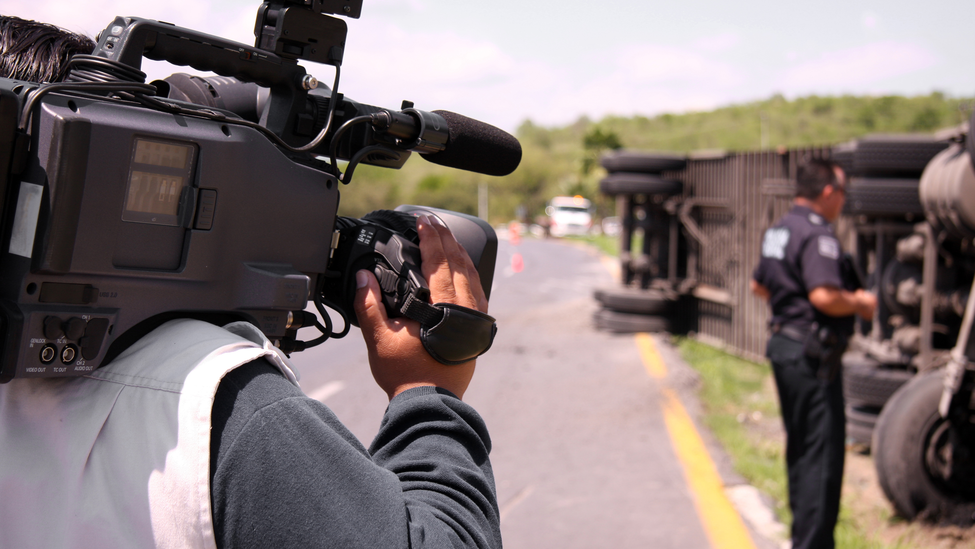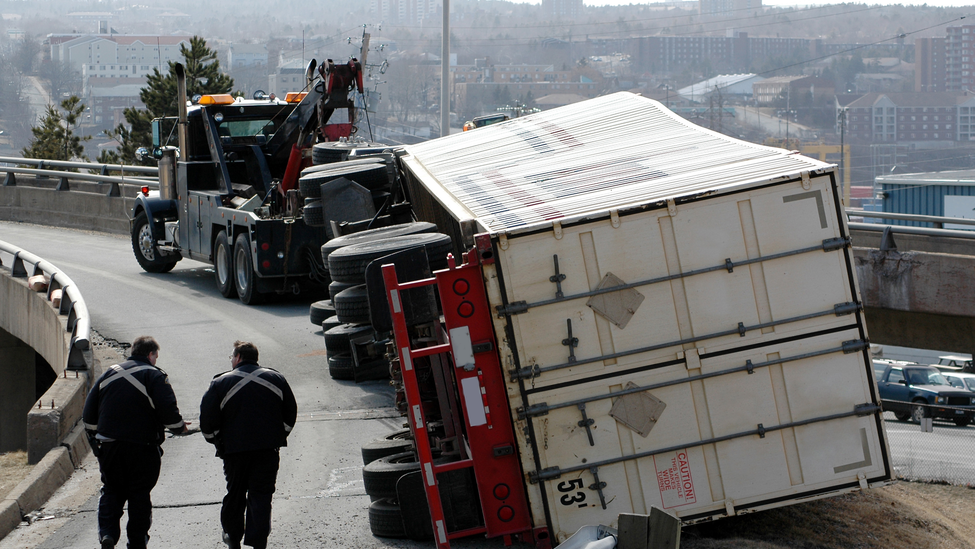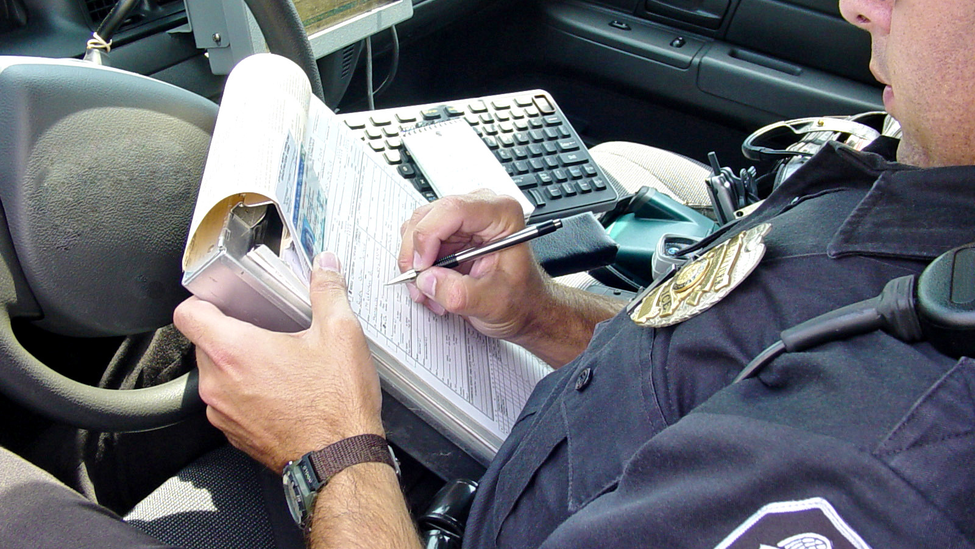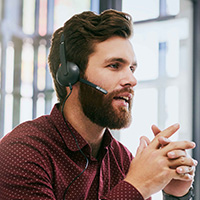Accident Scene Response & Investigations


Regardless of who is at fault, there are several reasons to respond quickly and professionally after an accident. It can help reduce the risk of further injury or property damage. It can help you collect the important information you need so the accident investigation and claim process go smoothly. It also shows others that you, and the company you represent, are concerned about safety.
Here are some tips to help you manage the process effectively.
Accident response
Your safety, and the safety of other motorists, passengers and pedestrians, is the immediate concern. If someone is injured, provide first aid if you are qualified to do so. Notify emergency response personnel immediately by calling 911 and provide the following information:
- Location and description of the accident scene
- Types of injuries
- Hazardous material spills
- If there is a risk of further injuries, fire, explosion or pollution
If you are not able to call for assistance, ask another motorist or bystander to contact emergency response personnel for you.
Securing the accident scene is also a priority. If you can do so safely, move vehicles to the side of the road away from the flow of traffic. Use warning triangles to alert other motorists. For regulated commercial vehicles, state and federal rules (Federal Motor Carrier Safety Regulations, Part 392.22(b)(1)) require drivers to do so within 10 minutes of the accident.
Contact your company and your insurance provider immediately after the accident scene has been secured. The quicker they are notified, the sooner they can respond and begin an accident investigation. Do not leave the accident scene unless it is necessary for your own safety. You could be charged with leaving the scene of an accident.
If you are driving a vehicle that requires a commercial driver’s license, a post-accident drug and alcohol test may be required if there was a fatality, injury, or a vehicle was towed from the scene. Make sure the accident scene has been secured, emergency response personnel and your company have been notified, and you have been relieved from the accident scene before you leave.
If a serious crash has occurred, journalists and reporters may appear at the scene or contact you later. Reserve comments about the accident for the investigating officer, your company, and the insurance representative handling the claim. It’s also important not to admit fault. Fault is best determined once all accident facts have been investigated.
Accident investigation
As the driver, you are the best person to begin the accident investigation by collecting important information that may only be available for a short time. Record the following information about the accident:
- Date, time and location of the accident
- Road, weather, and traffic conditions
- Names and contact information of everyone involved, including witnesses
- Details about injuries and property damage
- Details about traffic signals, right-of-way and direction of travel
- Diagram of the accident scene
Provide your name, driver’s license number, the name of the company you drive for, and your insurance provider to other motorists. Request the same information in return. Also note the name and badge number of the investigating officer. This information may be needed later to get a copy of the accident report.
Photographs or video footage of the accident scene can be very helpful. They can provide evidence to help substantiate injuries, verify property damage and reconstruct how the accident occurred. Important details to photograph include:
- Damage to other vehicles, structures, and objects
- Points of impact
- Debris trails
- Tire skid marks
- Road configuration
- Visual obstructions
- Traffic signs and signals
Begin by photographing the accident scene from a distance to get an overall view of the area and the position of each vehicle. If you can do so safely, take pictures before vehicles are moved. Photograph all sides of each vehicle including points of impact and sides of the vehicle that are not damaged.
These pictures can be used later to help substantiate repair estimates and protect against fraudulent claims. Photograph the license plates of other vehicles at the scene. This information can be used later to identify potential witnesses. Photographing people who have been injured is not recommended.
Your response at the accident scene can impact the outcome of a claim. Having the right tools in your vehicle, and taking photographs at the scene, can help in the accident investigation process. Your efforts to collect detailed crash information can potentially save thousands of dollars in accident costs and help protect your safety record.
Doc#: LCT115



